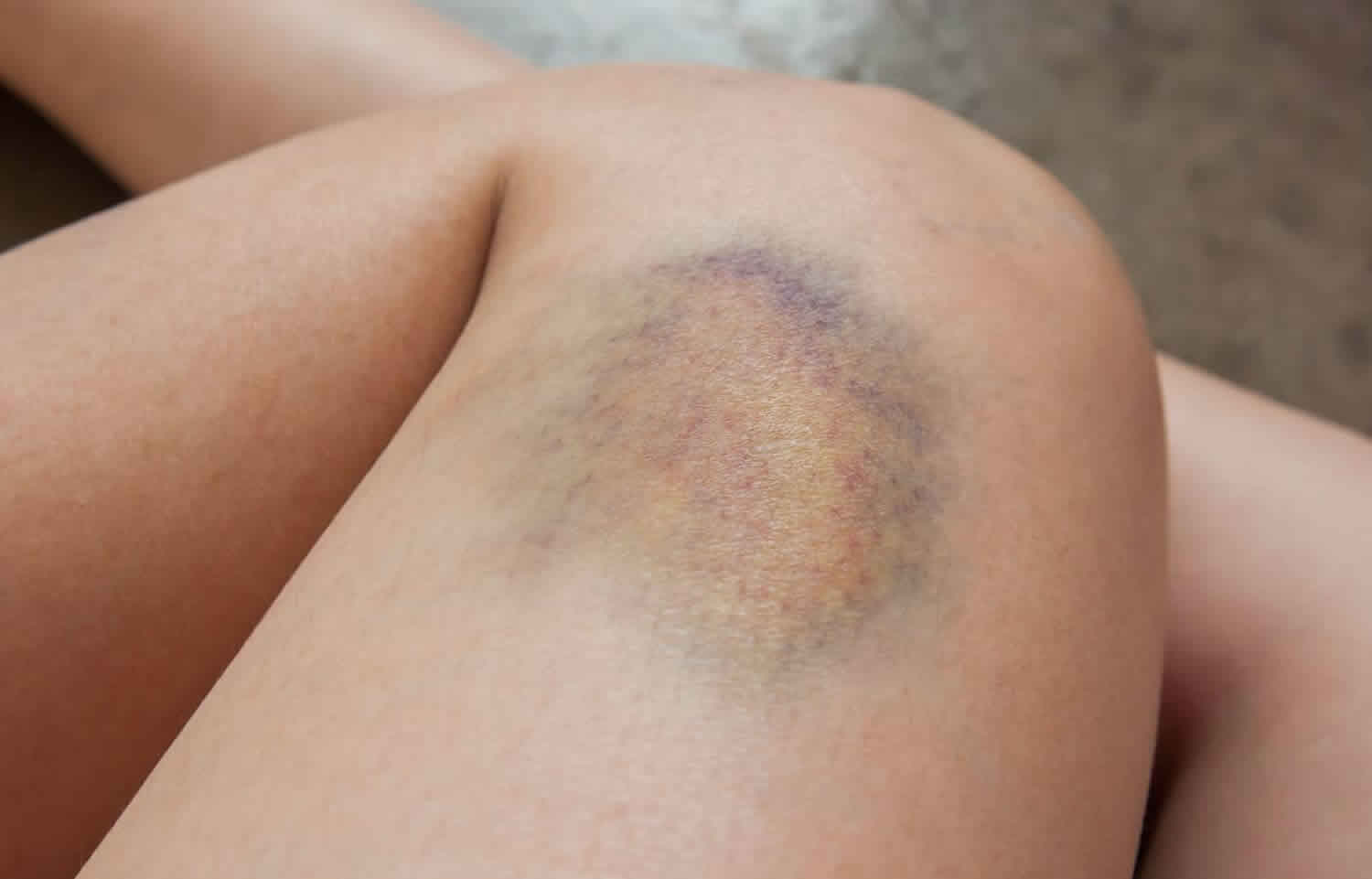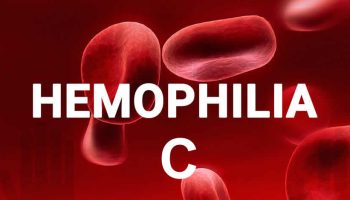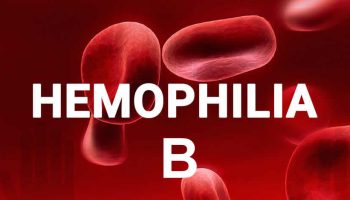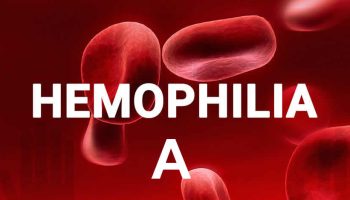What is ecchymosis
Ecchymosis is a bruise, which is a visible large collection of blood trapped under the surface of your skin larger than 0.5cm in diameter. Ecchymosis or a contusion, occurs when small blood vessels (capillaries) under the skin bleed, while the overlying skin remains intact. The injury causes blood to leak and collect near the skin surface, causing a bluish-black skin discoloration.
Ecchymosis can happen for many reasons, but most are the result of bumping and banging into things — or having things bump and bang into you.
Ecchymosis happens when an injury crushes small blood vessels but does not break the skin. Those vessels break open and leak blood under the skin.
Ecchymosis are often painful and swollen. You can get skin, muscle and bone bruises. Bone bruises are the most serious.
Bruises usually take around 2 weeks to disappear. They may take longer to disappear from the lower legs. It can take months for an ecchymosis to fade. Ecchymosis start off a reddish color, and then turn bluish-purple and greenish-yellow before returning to normal. To reduce bruising, ice the injured area and elevate it above your heart. See your health care provider if you seem to bruise for no reason, or if the bruise appears to be infected.
Aside from the common bruise, bleeding into the skin or mucous membranes is a very significant sign and should always be checked out by a health care provider.
Redness of the skin (erythema) should not be mistaken for bleeding. Areas of bleeding under the skin do not become paler (blanch) when you press on the area, like the redness from erythema does.
See your health care provider if:
- You have sudden bleeding into the skin for no apparent reason
- You notice unexplained bruising that does not go away
Medical assessment is also indicated for:
- Bruising that is more frequent or severe than normal
- Bruising for no reason
- Bleeding from the gums, from the bowel or in urine
- Significant bruising or bleeding when on blood-thinning medications
- Painful bruising under fingernails.
Who bleeds/bruises?
Anyone can bleed from a cut or develop a bruise after an injury. The severity of bleeding depends on the impact of an injury. Repeated bleeding from a skin lesion with minimal provocation can be a sign of a skin cancer, most often basal cell carcinoma.
Occasional bruises are normal, and do not warrant medical attention.
Bleeding and bruises are more common in certain individuals, such as:
- People with lighter skin tones, where bruises are more visible
- People who exercise a lot or who play contact sports
- Older people, as the walls of their blood vessels weaken and their skin becomes thinner
People with an inherited or acquired coagulation disorder.
Bruising occurs more readily in certain sites where blood accumulates easily, such as when a relatively minor bump results in a black eye.
How long does ecchymosis last?
Bruises usually fade away in about 2 weeks. Over that time, the bruise changes color as the body breaks down and reabsorbs the blood. The color of the bruise can give you an idea how old it is:
- When you first get a bruise, it’s kind of reddish as the blood appears under the skin.
- Within 1 or 2 days, the hemoglobin (an iron-containing substance that carries oxygen) in the blood changes and your bruise turns bluish-purple or even blackish.
- After 5 to 10 days, the bruise turns greenish or yellowish.
- Then, after 10 or 14 days, it turns yellowish-brown or light brown.
Finally, after about 2 weeks, your bruise fades away.
How can I help myself feel better?
Apply a cold compress to the bruise to help slow down the blood that’s flowing to the area, which decreases the amount of blood that ends up leaking into the tissues. It also helps keep the inflammation and swelling down. All you have to do is apply cold to the bruise for 15 to 20 minutes every hour for a day or two after the bruise appears.
You don’t need to buy a special cold pack, although they’re great to keep on hand in the freezer. Just get some ice, put it in a plastic bag, and wrap the bag in a cloth or a towel and place it on the bruise (don’t apply the ice directly to the skin).
Another trick is to use a bag of frozen vegetables. It doesn’t matter what kind — carrots, peas, lima beans, whatever — as long as they’re frozen. A bag of frozen vegetables is easy to apply to the bruise because it can form to the shape of the injured area. Also, like a cold pack, it can be used and refrozen again and again (just pick your least-favorite vegetables and label the bag — you don’t want to keep thawing and freezing veggies that you plan to eat!).
To reduce swelling and bruising, elevate the bruised area above the level of your heart. In other words, if the bruise is on your shin, lie down on a couch or bed and prop up your leg. This will help prevent blood from pooling in the area because more of the blood will flow back toward your heart. If you keep standing, more blood will flow to your bruised shin and the bruise will be larger.
Take acetaminophen for pain, if needed.
Ecchymosis vs Bruise
Ecchymosis is a bruise.
Ecchymosis vs Contusion
Ecchymosis is also called contusion.
Ecchymosis vs Hematoma
Hematoma is deeper bruising, which is a collection of blood that lies within body tissues or cavities.
Ecchymosis vs Purpura
Purpura is a bleeding into the skin causing small red areas (petechiae) or large red areas (ecchymosis). Purpura measure between 2 and 10 mm (millimeters) in diameter. When purpura spots are less than 2 mm in diameter, they are called petechiae. Purpura spots larger than 1 cm (centimeter) are called ecchymoses.
Purpura is purple-colored spots and patches that occur on the skin, and in mucus membranes, including the lining of the mouth. Purpura occurs when small blood vessels leak blood under the skin.
Ecchymosis eye
Periorbital ecchymosis or more commonly known as a “black eye,” usually occurs from some type of trauma to the eye, causing the tissue around the eye to become bruised. Your doctor will examine your eye closely to make sure there’s no damage to the actual eye itself.
What is the treatment for a periorbital ecchymosis?
Specific treatment for a black eye will be determined by your doctor based on:
- Your age, overall health, and medical history
- Extent of the eye injury
- Your tolerance for specific medications, procedures, or therapies
- Expectations for the course of the injury
- Your opinion or preference
Most black eyes heal completely and don’t cause any damage to the eye. Treatment may include:
- Cold compresses to the eye for the first 24 hours
- Warm compresses to the eye after the first 24 hours
- Continued compresses until the swelling stops
- Keep your head elevated to help decrease the amount of swelling
It’s important to know that the swelling and bruise may appear to spread and go down the cheek or to the other eye. This is normal. Consult your doctor if the bruising and swelling doesn’t resolve on its own.
Ecchymosis causes
After injury, your body immediately attempts to stop any blood loss.
- Platelets accumulate and block any defects in the blood vessel walls.
- Blood vessels constrict.
- Clotting factors are released.
Defects in any of these three responses can lead to spontaneous or excessive bleeding and bruising.
Platelets help the blood clot. A person with ecchymosis may have normal platelet counts (non-thrombocytopenic ecchymosis) or low platelet counts (thrombocytopenic ecchymosis).
Many things can cause ecchymosis (bleeding under the skin). Some of them are:
- Aging skin (ecchymosis). Fragile blood vessels seen in older people (senile purpura)
- Allergic reaction
- Antiplatelet medicines such as clopidogrel (Plavix)
- Aplastic anemia
- Amyloidosis (disorder in which abnormal proteins build up in tissues and organs)
- Autoimmune disorders, such as systemic lupus erythematosus (SLE)
- Blood clotting disorders
- Certain infections
- Congenital cytomegalovirus (condition in which an infant is infected with a virus called cytomegalovirus before birth)
- Congenital rubella syndrome
- Disseminated intravascular coagulation
- Drugs that affect platelet function or clotting factors (e.g., aspirin and clopidogrel), such as drugs prescribed to prevent heart attacks and strokes, and non-steroidal anti-inflammatory drugs. Anticoagulants such as warfarin or heparin (ecchymosis), aspirin (ecchymosis), steroids (ecchymosis)
- Hemangioma (abnormal buildup of blood vessels in the skin or internal organs)
- Hemolytic uremic syndrome
- Henoch-Schonlein purpura (purpura)
- Idiopathic thrombocytopenic purpura (petechiae and purpura)
- Inflammation of the blood vessels (vasculitis), such as Henoch-Schönlein purpura, which causes a raised type of purpura
- Injury or trauma
- Kidney disease
- Leukemia (purpura and ecchymosis)
- Medical treatment, including radiation and chemotherapy
- Pressure changes that occur during vaginal childbirth
- Scurvy (vitamin C deficiency)
- Septicemia (petechiae, purpura, ecchymosis)
- Steroid use
- Thrombocytopenia
- Thrombotic thrombocytopenic purpura
- Viral infection or illness affecting blood clotting (coagulation)
Blood vessel defects, where the vessels are twisted or enlarged, include:
- Vasculitis
- Vitamin C deficiency
- Marfan syndrome
- Ehlers–Danlos syndrome.
A clotting factor deficiency may be due to drugs that affect clotting factors (eg, warfarin, heparin, rivaroxaban and apixaban). These are often prescribed for atrial fibrillation or a recent blood clot in veins or lungs. A clotting factor deficiency can also be a result of a medical condition, such as:
- Liver disease
- Haemophilia
- Vitamin K deficiency
- Von Willebrand disease
- Deficiencies in other clotting factors.
Low platelet counts ecchymosis may be due to:
- Drugs that reduce the platelet count
- Idiopathic thrombocytopenic purpura (a bleeding disorder)
- Immune neonatal thrombocytopenia (can occur in infants whose mothers have idiopathic thrombocytopenic purpura)
- Meningococcemia (bloodstream infection)
How can I prevent bruises?
- Wear protective clothing and equipment, such as shin pads, when playing sports.
- Keep furniture and other large objects away from walkways.
- Avoid obstacles, such as wires, that may lead to tripping.
- If you are taking blood-thinning medication, have your blood monitored through regular tests and appointments.
- Ensure your diet has adequate vitamin C, which is found in fresh fruit and vegetables.
Consuming foods that are rich in vitamins C, B12, B9, or K can help the skin to heal more quickly. To get the vitamins, eat things like green leafy vegetables, citrus fruits, wild fish, and clean protein. It’s also important to avoid sugar, trans fat, and processed foods which actually promote bruising.
Ecchymosis diagnosis
Your doctor will examine you and ask questions about the bleeding, such as:
- Have you recently had an injury or accident?
- Have you been ill lately?
- Have you had radiation therapy or chemotherapy?
- What other medical treatments have you had?
- Do you take aspirin more than once a week?
- Do you take Coumadin, heparin, or other “blood thinners” (anticoagulants)?
- Has the bleeding occurred repeatedly?
- Have you always had a tendency to bleed into the skin?
- Did the bleeding start in infancy (for example, with circumcision)?
- Did it start with surgery or when you had a tooth pulled?
The following diagnostic tests may be performed:
- Coagulation tests including International Normalized Ratio (INR) and prothrombin time
- Complete blood count (CBC) with platelet count and blood differential
- Bone marrow biopsy
Ecchymosis treatment
Protect aging skin. Avoid trauma such as bumping or pulling on skin areas. For a cut or scrape, use direct pressure to stop the bleeding.
If you have a drug reaction, ask your doctor about stopping the drug. Otherwise, follow your prescribed therapy to treat the underlying cause of the ecchymosis.
There is no particular medical treatment for bruises. However, there are some techniques that can be used at home to reduce swelling and speed up the process of healing.
- Prepare an ice pack wrapped in a towel or a cold flannel. Apply this to the affected area for 30 minutes, as soon as possible after the injury.
- If practical, keep the bruised area elevated after the injury.
- Acetaminophen (paracetamol) may help with severe pain.
Non-steroidal anti-inflammatory drugs, such as aspirin and ibuprofen, are not recommended, as they may worsen the bleeding leading to the bruise.





